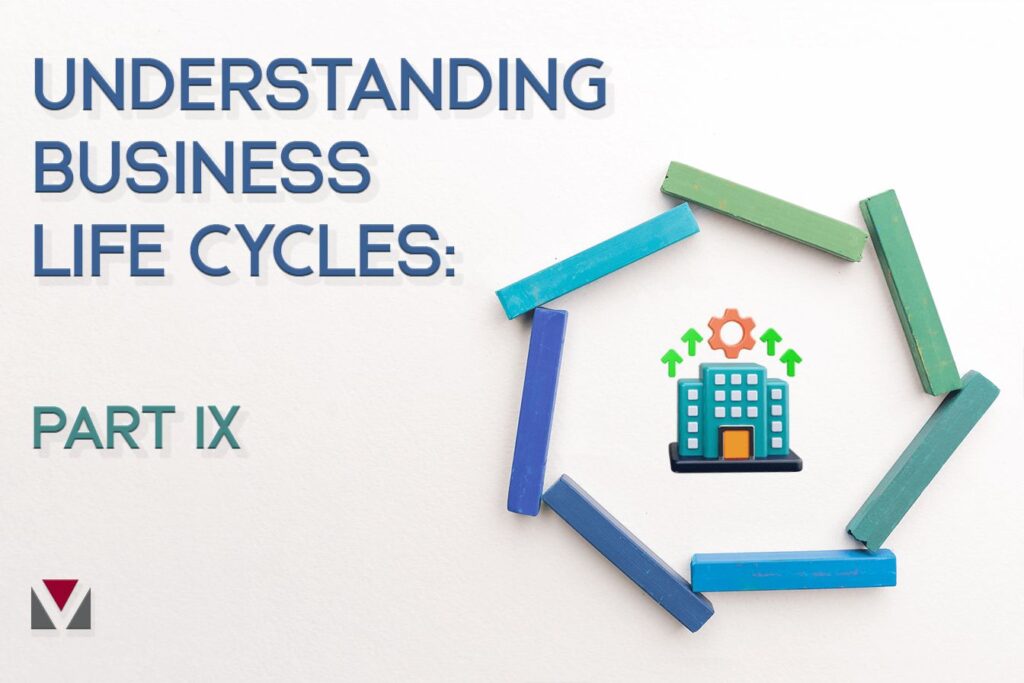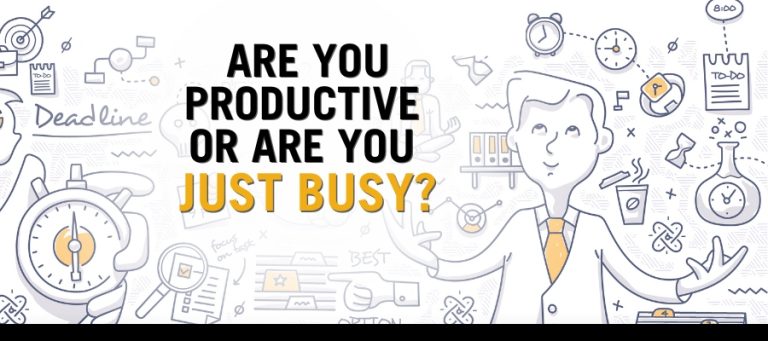LIFE CYCLES, Part IX
The Executive Dynamic of a “We” phase company is usually comprised of the company’s one or two owners. In small businesses it’s not unusual for them to be related, as 87% of small businesses are family businesses. So, when I talk about the Executive Dynamic, I’m referring to people who have an equity interest in the company.
The “We” phase of a company is a period frequently defined as a time of accumulation. This applies to both the company and, by extension, to the people who own it. This is a time when they accumulate property, prestige, and power.
The property can be both physical, such as buildings, equipment, and money and intangibles like patents, proprietary processes, trade secrets, and geographic territories.
Prestige comes in tangible and intangible forms as well. These include awards the company has earned, the brand image the company projects, and the position the company occupies within their respective markets and communities. With respect to the owner, this can mean their title within the company, their civic or industry status, or simply the prestige that can accompany being a business owner.
Both the company’s property and prestige have an impact on the power and influence it commands. Frequently, the larger the business is, the more power an owner can exert over their vendors, employees, and customers. While some of this is natural and healthy, it’s the abuse of power that can become an obstacle to continued success.
Because business owners and their companies are inextricably intertwined, by default “We” phase companies are at high risk for stalling or declining when they fall prey to an undisciplined and sometimes blind pursuit of these very markers of success.
The single biggest risk owners of “We” phase companies face in this regard is letting their ego determine the decisions they make—how decisions will make them look or feel (prestige, power), rather than being based on sound data or informed input from their advisors and leadership team. While a healthy ego may have contributed to them reaching this phase, an unhealthy one can lead to their demise.
The most successful business leaders at this level manage their egos. They take responsibility for their actions. They don’t blame events or people or make excuses.
Another serious risk to “We” phase business owners is building a company that has an unhealthy dependence on them as it grows. This creates a bottleneck in decision making and in the further expansion of the company. More importantly, it stifles the growth of their people and places the company at unnecessary risk should anything happen to the owner. More still, it reduces the company’s value when they decide to sell.
By contrast, successful “We” phase executives create empowered teams by delegating responsibility and authority. They actively support the development of the team and promote successors in key positions. Open communication exists up and down the organization, even when it’s uncomfortable. They hold themselves and others accountable. And they display their own vulnerability, knowing that vulnerability is a hallmark of strong leaders.



